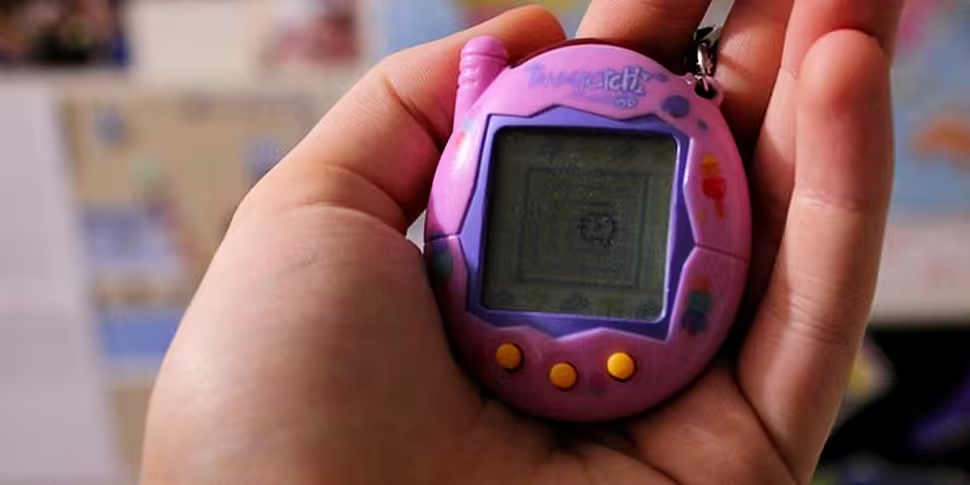Two decades ago, a 30-year-old office worker living in Tokyo had an idea. Aki Maita, then just a low-level ‘office lady’ in the Bandai toy company, the term applied to young Japanese women who take on clerical work in the anticipation of leaving once they find a husband, had been watching TV in her compact apartment. An advert came on screen, in which a little boy complains that he wants to bring his pet turtle to school with him, only to be gently told it has to stay at home. Staring at the advert, she was struck by a thought – why not create a pet that children could take with them? That needs care and attention but doesn’t make a mess? She didn’t know it then, but Aki Maita had just stumbled upon one of the biggest trends in toy manufacturing and her invention, the Tamagotchi, would go on to sell more than 80m units around the world.
Maita was not a developer or product designer, but of one thing she was sure – if her toy was to be a success, she needed to crack Japan’s lucrative market of teenage girls. And in order to do that, she needed to crack kawaii.
Kawaii is one of those untranslatable cultural ideas that doesn’t find an easy English equivalent, but the basic concept is cuteness. Still a trend in Japanese design today, almost everything imaginable gets a personalised mascot in Japan, from the Tokyo Police Department to sewage works, cutesy cartoon critters with rosy cheeks and adorable eyes.
Maita approached Akihiro Yokoi, a toy designer, with her idea and together they cobbled together the origin story of the Tamagotchi, with an origin story ripped straight out of the anime playbook; the story goes that Prof Banzo, a hopeless romantic having been dumped for the 100th time, was wandering around the Sumida River in Tokyo, feeling sorry for himself. Hearing something fall into the water, the aging professor found a half submerged UFO full of strange alien creatures. Rushing back to his lab, together with his 16-year-old assistant Mika-Chu (“sharp-tongued at times, with her feet firmly planted on the ground”) Banzo built the aliens little egg-shaped protection cases so they could survive on Earth.

Mother of Tamagotchi, Aki Maita, 30, Japan's toy maker Bandai creator, shows off electrical Tamagotchi pets after a press conference in 1997 [YOSHIKAZU TSUNO PA Archive/PA Images]
They also coined the name, a portmanteau worthy of a place in the kawaii canon: in Japanese, tamago means egg, while tomodachi means friend, so with ‘egg-friend’ they’d cracked it.
Prototypes built, Maita hit the streets of Shibuya, handing out the virtual pets to some 200 high-school girls. “Their eyes instantly lit up,” she told TIME in 1998. She kept tabs on how the girls interacted with the toys, using skills honed during her years as a data-entry analyst to work on questionnaires and hone the design into the sleeper hit it would become. Everything from colour schemes to chain lengths was teased and turned over, and when the Tamagotchi was finally released in Japan on November 23rd, 1996, it spread like wildfire.
In less than a year, the Tamagotchi was selling in more than 30 countries, along with 400 licensed products bearing the name, including t-shirts, hats, teddy bears and stationery. A brand empire had been built off the back of a simple idea, not that Aki Maita got much credit. “We don’t talk about it at home,” she told TIME, when asked how her husband reacted to her billion-dollar idea. “He just said gambatte,” which translates as “keep it up.”
To add insult to her husband’s injurious praise, Maita did not get a promotion at Bandai, nor even receive a raise or bonus, despite her toy spawning revenue in excess of $900m, two feature films, a Nintendo computer game franchise, three animated TV shows, and countless copies from Giga Pets to Nano Fighters. But it is worth bearing in mind that Maita’s research and creativity launched a toy brand so successful that at its peak, 15 devices were being sold every second in the US and Canada.
Yet the only accolade Aki Maita seems to have gotten was the 1997 Ig Noble Prize for Economics, the mock awards handed out in Harvard University every year to honour the most bizarre academic trends of the last 12 months. The reason offered for her claiming the mocking ‘honour’? “For diverting millions of person-hours of work into the husbandry of virtual pets.”
Twenty years after the Tamagotchi became the must-have toy, new versions and devices are still being made, though Bandai makes most of its money through app sales. The Tamagotchi is not a nest egg they’re playing on letting go just yet.









